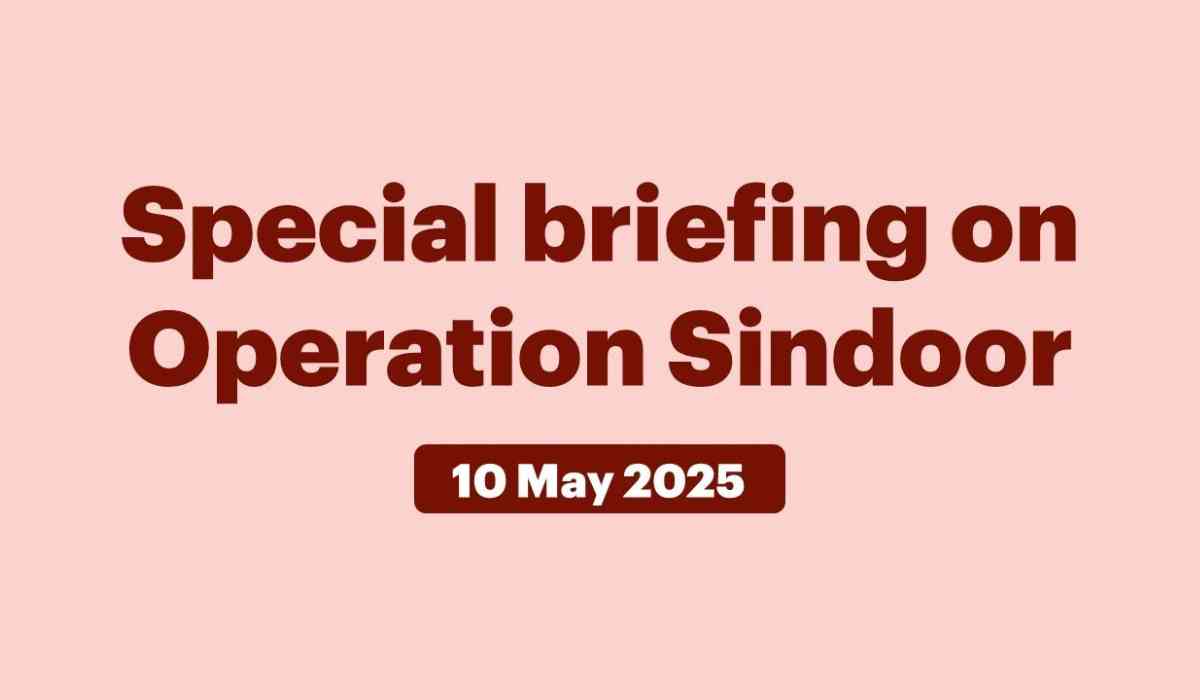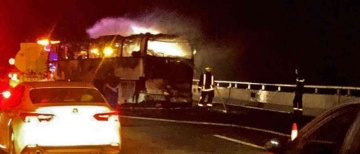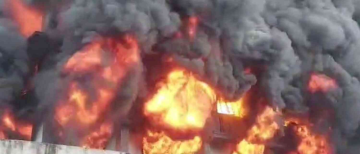Tensions between India and Pakistan have reached new heights following a series of escalating military activities, particularly in the wake of the deadly Pahalgam terror attack in Jammu and Kashmir on April 22. This attack, which killed 26 civilians, has been blamed on Pakistan, a charge that Pakistan continues to deny. As the situation unfolds, both nations are engaged in a dangerous game of brinkmanship, with the potential for further escalation. This article provides a detailed overview of the current situation, including the Indian government's response, Pakistan's provocations, and the ongoing military actions under "Operation Sindoor."
Background: The Pahalgam Terror Attack and Rising Tensions
On April 22, a deadly terror attack in Pahalgam, Jammu and Kashmir, claimed the lives of 26 civilians. India has accused Pakistan of being behind the attack, though Pakistan continues to reject these allegations. The attack marked the beginning of heightened tensions, leading to a series of retaliatory actions and military engagements.
India's Military Response: Operation Sindoor
In response to the Pahalgam attack, India launched Operation Sindoor, which has seen multiple rounds of missile strikes and aerial combat. The Indian military conducted a precision strike on terror bases in Pakistan and Pakistan-Occupied Kashmir (PoK), sending a clear message of retaliation.
-
Precision Strikes: On Wednesday, India launched 24 missiles over a span of 25 minutes, targeting nine terror bases across PoK.
-
Drone Attacks: The Indian Army successfully intercepted multiple drone and missile attacks launched by Pakistan across 26 locations, ranging from Leh in the north to Sir Creek in the south.
-
Targeted Military Sites: Among the key locations attacked were airfields, military bases, and civil aviation facilities.
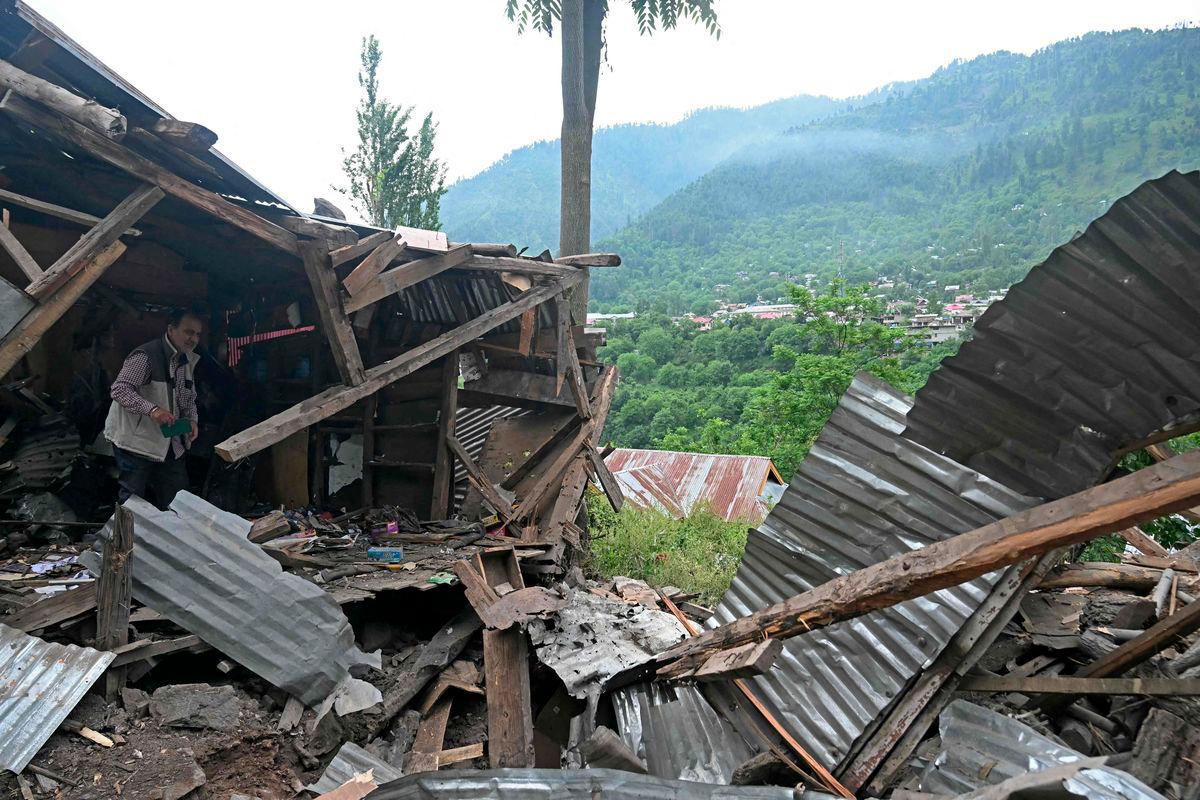
Pakistan's Provocations: Drones, Missiles, and Misinformation
Pakistan has continued to escalate the situation, deploying drones, long-range missiles, and loitering munitions to target Indian military infrastructure. These provocations have included both direct attacks on military sites and attempts to infiltrate Indian airspace.
-
Drone and Missile Attacks: Pakistan has used drones and high-speed missiles to target various Indian airbases, including Udhampur, Bhuj, Pathankot, and Bathinda.
-
Civilian Infrastructure Attacks: In what India has called a “cowardly act,” Pakistan targeted civilian infrastructure, including a medicare center and schools located near Indian airbases.
-
Air Infiltrations: Pakistan attempted to infiltrate Indian territory via air at multiple locations, with Pakistani drones being intercepted by Indian air defense systems.
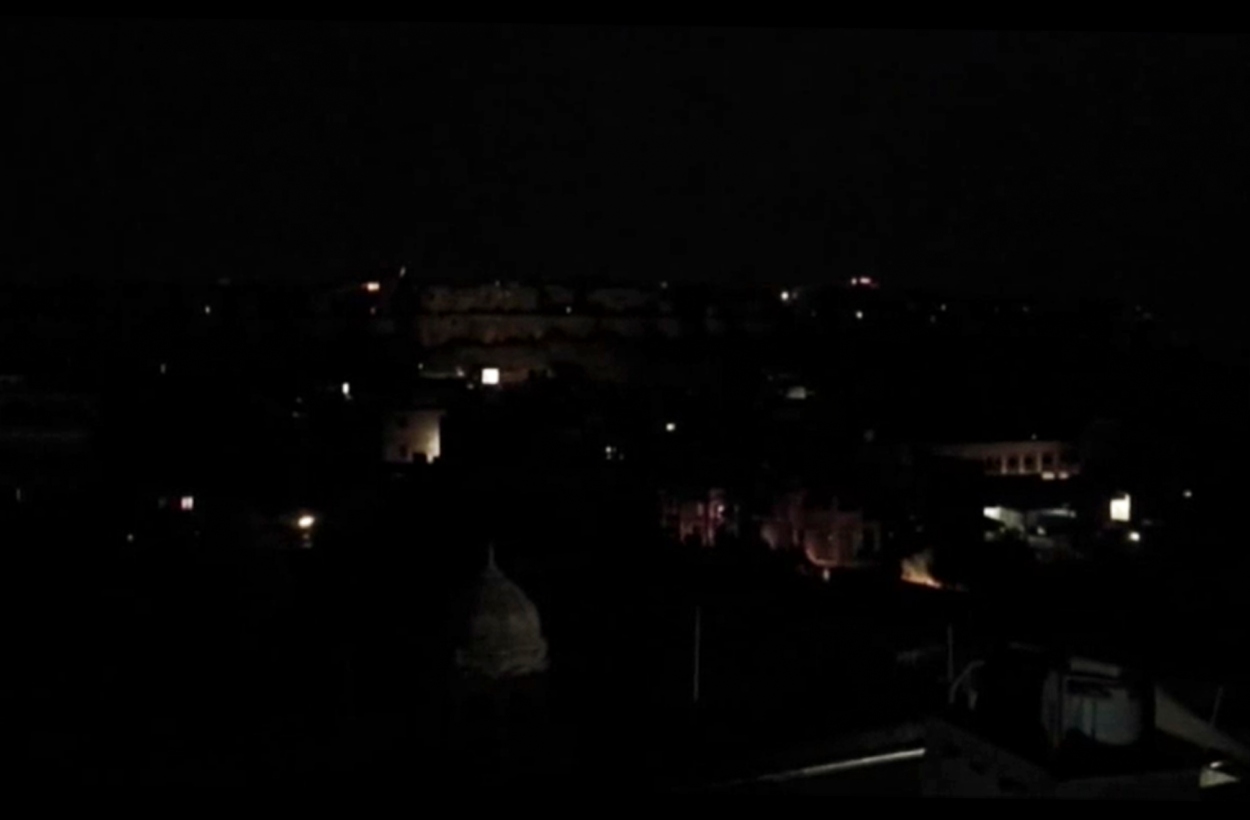
India’s Official Statements and Rejection of Pakistani Claims
In a series of briefings, the Indian government has strongly rejected Pakistan's allegations regarding damage to Indian military infrastructure. Foreign Secretary Vikram Misri called the claims made by Pakistan about the destruction of Indian airbases in Sirsa and Suratgarh, as well as the S-400 air defense system, "completely false." He urged the international community not to be misled by what he described as a "tissue of lies" being peddled by Pakistan.
Key Points:
-
False Claims of Destruction: Misri debunked Pakistan’s allegations that Indian airbases in Sirsa and Suratgarh had been destroyed. He also rejected claims regarding the destruction of India’s S-400 air defense system. Allegations of attacks on civilian infrastructure, such as power systems and cyber structures, were debunked. Pakistan's accusations about Indian actions in Afghanistan were also labeled as "frivolous."
-
Misinformation Campaign: The Indian government has consistently accused Pakistan of spreading misinformation and propaganda, aiming to mislead the public and the international community.
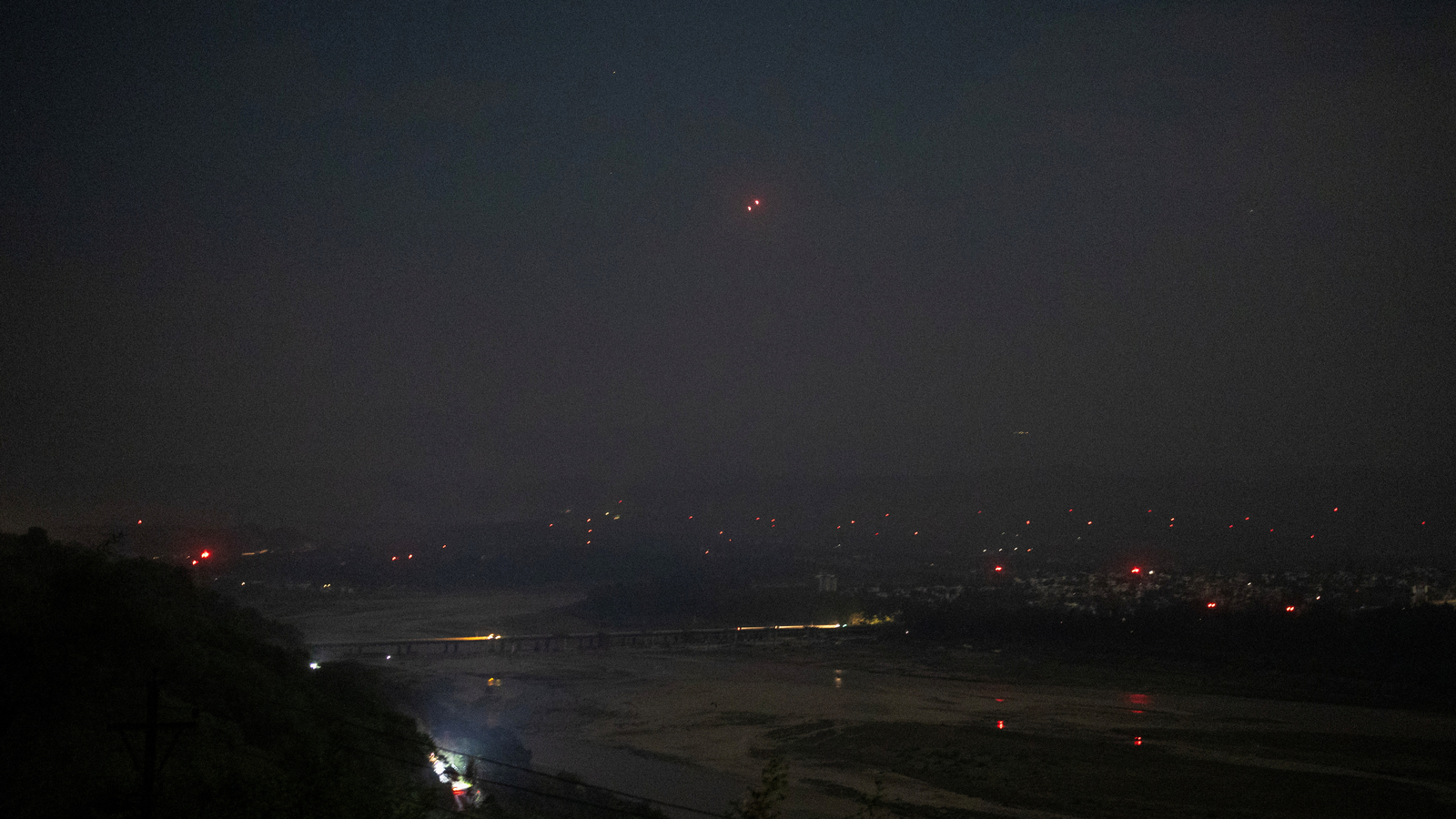
Indian Armed Forces’ Commitment to Non-Escalation
While India has made it clear that it does not wish for the situation to escalate further, it has also emphasized its readiness to defend itself should Pakistan continue its provocations. Colonel Sofiya Qureshi, in a special briefing, stated that the Indian armed forces are committed to non-escalation, as long as Pakistan reciprocates with restraint.
-
High State of Readiness: Indian armed forces are on high alert, maintaining a state of operational readiness to effectively counter any hostile actions from Pakistan.
-
Proportionate Response: India has continued to carry out calibrated, proportionate responses to Pakistan's provocations, ensuring that they only target military objectives.
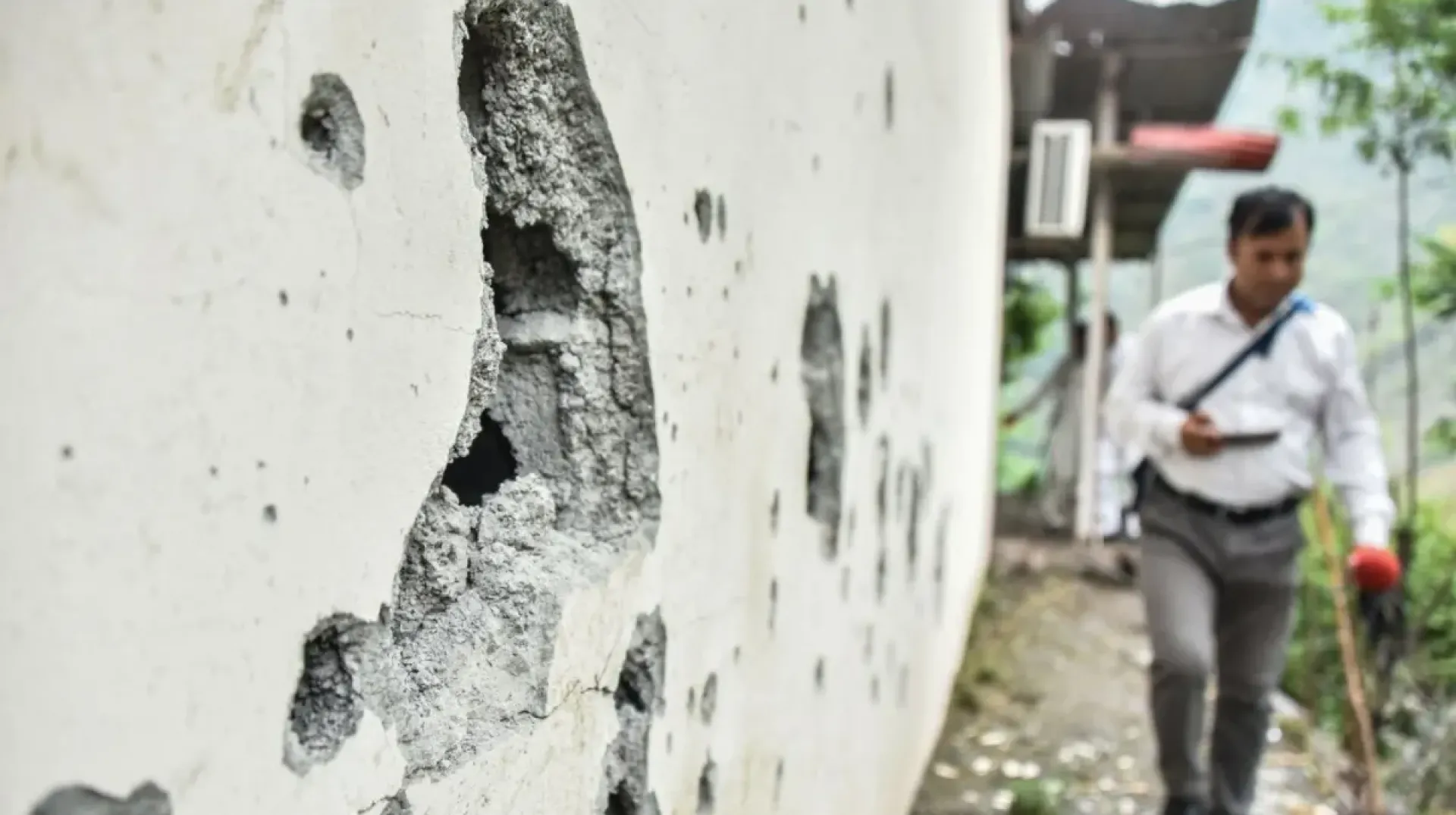
-
"Lame Attempts To Divide India Are Doomed To Failure": Foreign Secretary Vikram Misri responded to videos on social media that claimed India attacked the Nankana Sahib Gurdwara in Pakistan. He dismissed these claims, stating that such efforts to divide India are destined to fail.
-
Claims About Indian Air Bases Being Destroyed Are False: Misri reaffirmed that Pakistan's claims about the destruction of Indian airbases in Sirsa and Suratgarh were completely false. He also debunked claims about the S-400 air defense system in Adampur being destroyed.
-
Pakistani Claims Continue To Be Heavy On Lies, Misinformation, Propaganda: Misri accused Pakistani state agencies of spreading lies, misinformation, and propaganda to mislead both the international community and their own citizens.
-
Indian Armed Forces Committed To Non-Escalation If...: Colonel Sofiya Qureshi reiterated India’s commitment to non-escalation, provided that Pakistan reciprocates with restraint. She emphasized that India remains ready to respond to any further provocations.
-
Pak Attempted Multiple Air Intrusions Along LoC: Pakistan attempted multiple air intrusions along the Line of Control (LoC), using drones and heavy artillery to target civilian infrastructure. This resulted in civilian casualties in the Kupwara, Baramulla, Poonch, Rajouri, and Akhnoor sectors. India responded effectively, inflicting significant damage on Pakistan's military.
-
Indian Armed Forces Attacked Only "Identified Military Targets": Colonel Sofiya Qureshi confirmed that Indian armed forces had only targeted identified military installations, such as technical infrastructure, command and control centers, radar sites, and weapon storage areas.
-
Pakistan Attacked Medicare Centre, School Premises: Wing Commander Vyomika Singh condemned Pakistan’s targeting of civilian infrastructure, specifically a medicare center and school premises at airbases in Srinagar, Avantipur, and Udhampur.
-
Pakistan Attacked 26 Cities Overnight: Pakistan launched missile and drone attacks on 26 cities across northern and western India, including key military stations in Udhampur, Pathankot, Bhuj, and Bhatinda.
-
Pakistan Tried Attacking Punjab's Air Base Station At 1:40: High-speed missile attacks were reported at several airbases in Punjab around 1:40 AM, as Pakistan attempted to breach India’s air defenses.
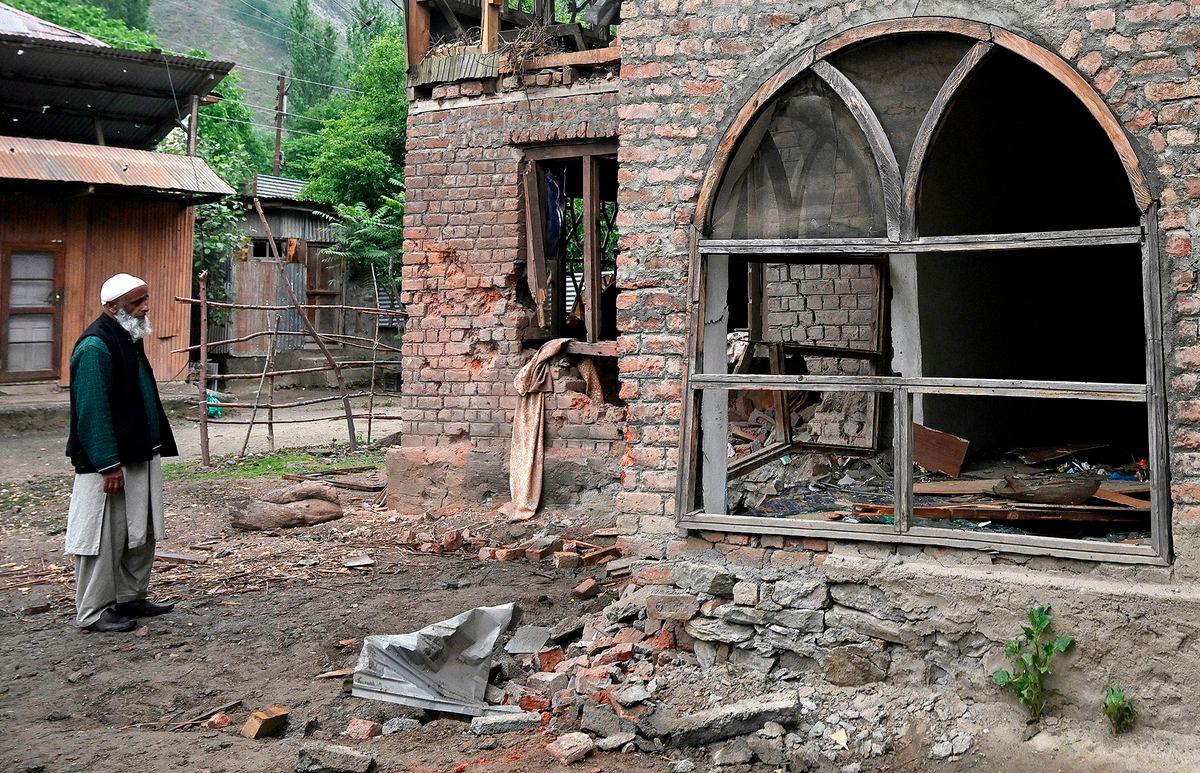
Ongoing Military Engagements and Future Outlook
The situation between India and Pakistan remains tense, with the potential for further escalation. While India continues to defend itself and maintain its commitment to de-escalation, the actions of the Pakistani military, the ongoing use of drones, missiles, and loitering munitions have made it clear that the threat of escalation remains high which India has vowed to counter with appropriate and proportionate responses. With both countries maintaining high levels of operational readiness, the international community’s role in mediating and preventing further violence will be critical.
Future Considerations:
-
The potential for a broader military conflict if provocations continue.
-
The role of international diplomacy in de-escalating the situation.
-
The need for both countries to consider the broader humanitarian and economic implications of continued hostilities.
India and Pakistan stand at a dangerous crossroads, with each side maintaining a posture of readiness and retaliation. While India has emphasized its commitment to non-escalation, the continuous provocations from Pakistan and the ongoing military engagements suggest that a lasting peace is elusive. The international community's role in this high-stakes situation could be pivotal in preventing further escalation and fostering dialogue between the two nuclear-armed neighbors.
With inputs from agencies
Image Source: Multiple agencies
© Copyright 2025. All Rights Reserved Powered by Vygr Media.

